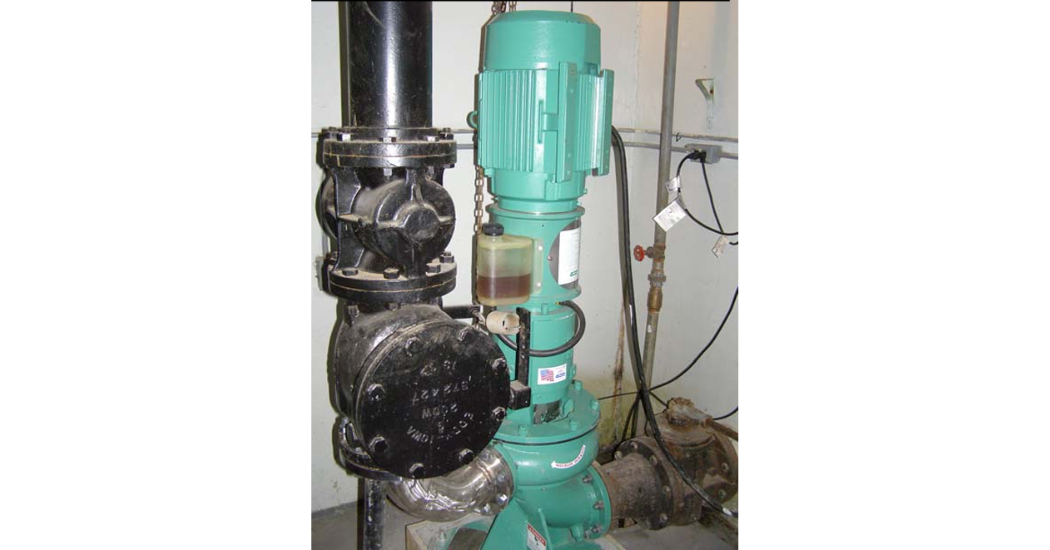The increasing prevalence of disposable, throw-away products is making raw sewage pumping more challenging than ever before.
The Jefferson Street Pump Station at the City of Centralia, WA had a problem demanding a cost-effective solution. According to Greg Boone, lead collection technician from Centralia, “We pulled the [originally installed non-clog] pumps over 40 times during 2007 … it takes two employees to pull a pump, that accumulates 2 hours [4 man-hours] each time the station was visited.”
The original non-clog pumps had provided acceptable service when they had been installed about 10 years earlier. But the changing nature of today’s sewage, carrying ever increasing amounts of debris such as disposable floor wipes, has rendered these pumps ineffective. The floor wipes and other rags, hair, and debris wind together to make a matted ball, blocking off flow to the pump intakes, generating high-level alarm and overflow emergencies.
Greg Boone (360-330-7512), who oversees the city’s 25 lift stations, contacted Vaughan’s representative, Mike Hoskison of PumpTech, Inc, to find a solution. Mike then invited Greg Boone and 6 of his workers to Vaughan Co. of Montesano, WA where Vaughan Co. set up a demonstration tank and pumped and chopped an entire box of disposable floor wipes without problems, giving the Centralia folks real hope for a solution.
 In mid-November, 2007 Centralia ordered 2 Vaughan model PE4P6CS-088 vertical pedestal chopper pumps with 15 HP, 1760-RPM motors, delivered about 4 weeks later. These pumps use Vaughan’s flushless, cartridge mechanical seal, simplifying the installation. They are specified for 640 US GPM at 41′ TDH.
In mid-November, 2007 Centralia ordered 2 Vaughan model PE4P6CS-088 vertical pedestal chopper pumps with 15 HP, 1760-RPM motors, delivered about 4 weeks later. These pumps use Vaughan’s flushless, cartridge mechanical seal, simplifying the installation. They are specified for 640 US GPM at 41′ TDH.
The pumps were installed in February, 2008. According to Greg Boone, “… we have not had to pull either [replacement Vaughan] pump. This is a big money saving …” Recently the city purchased another Vaughan pump to solve a similar problem at another pump station.




